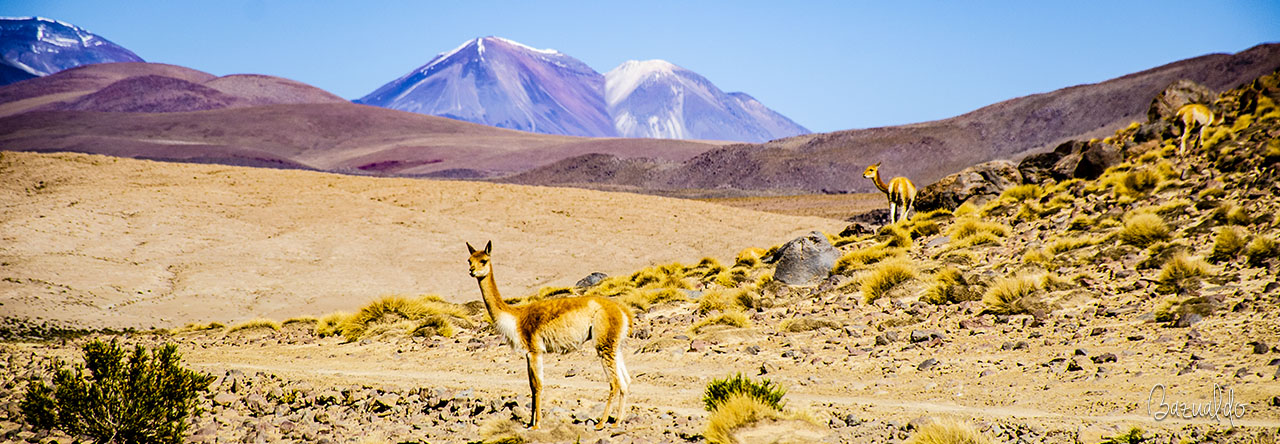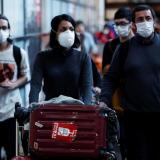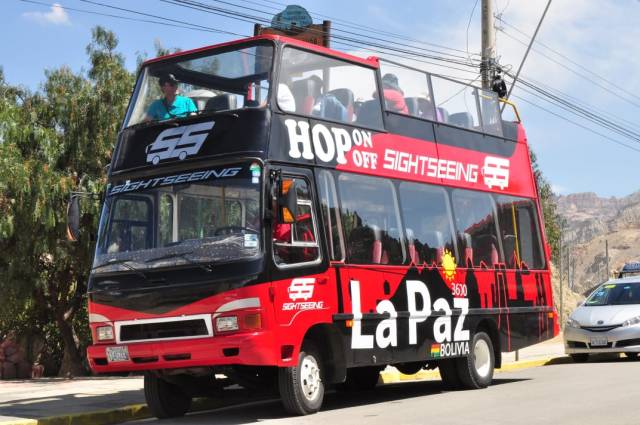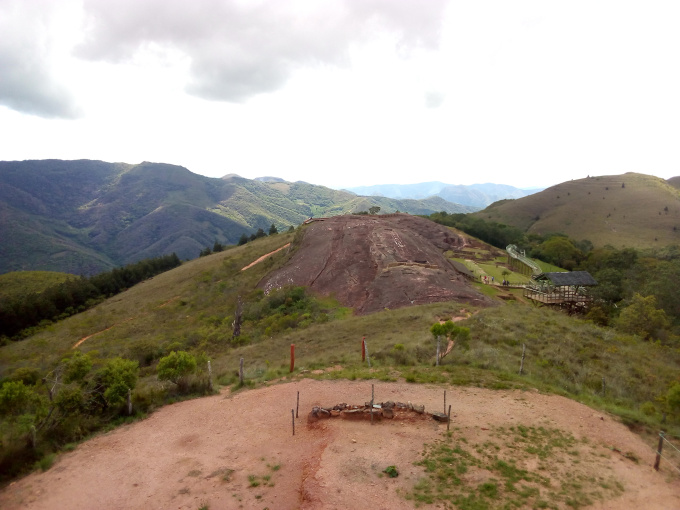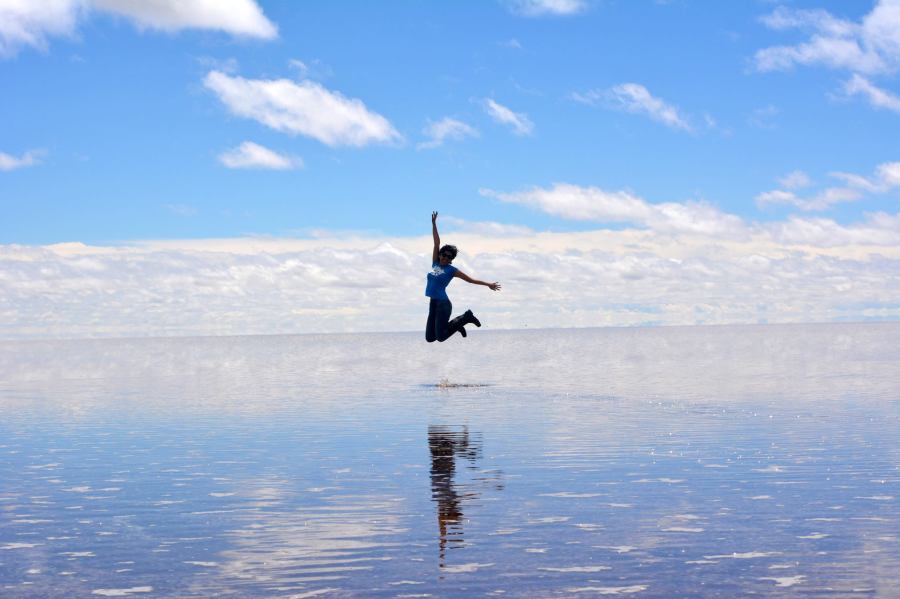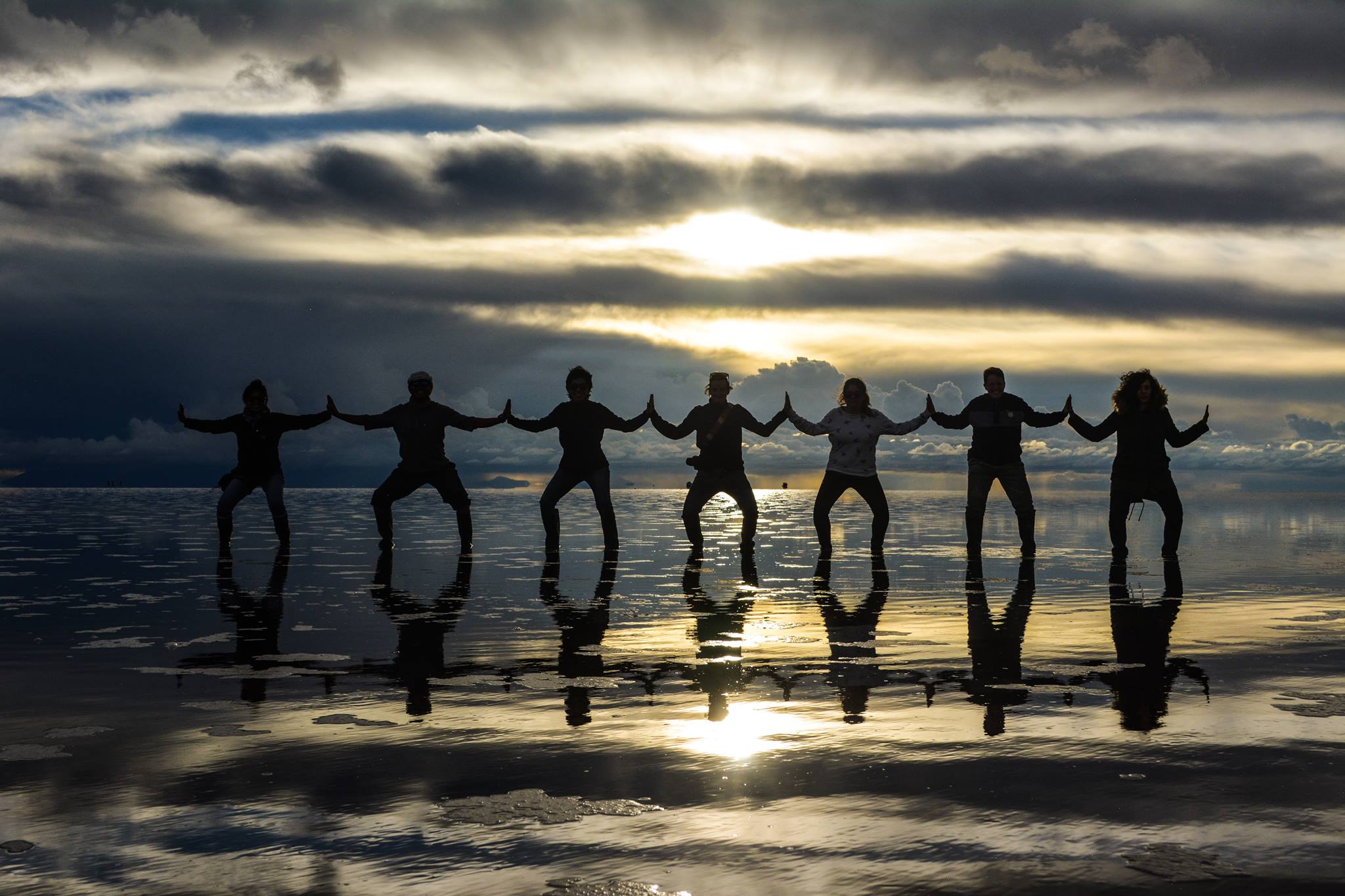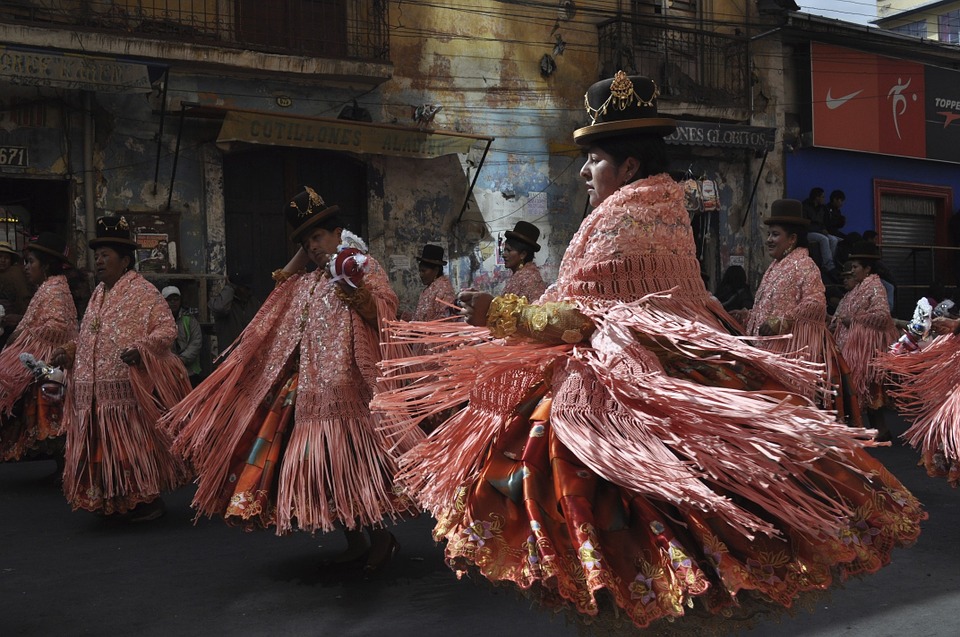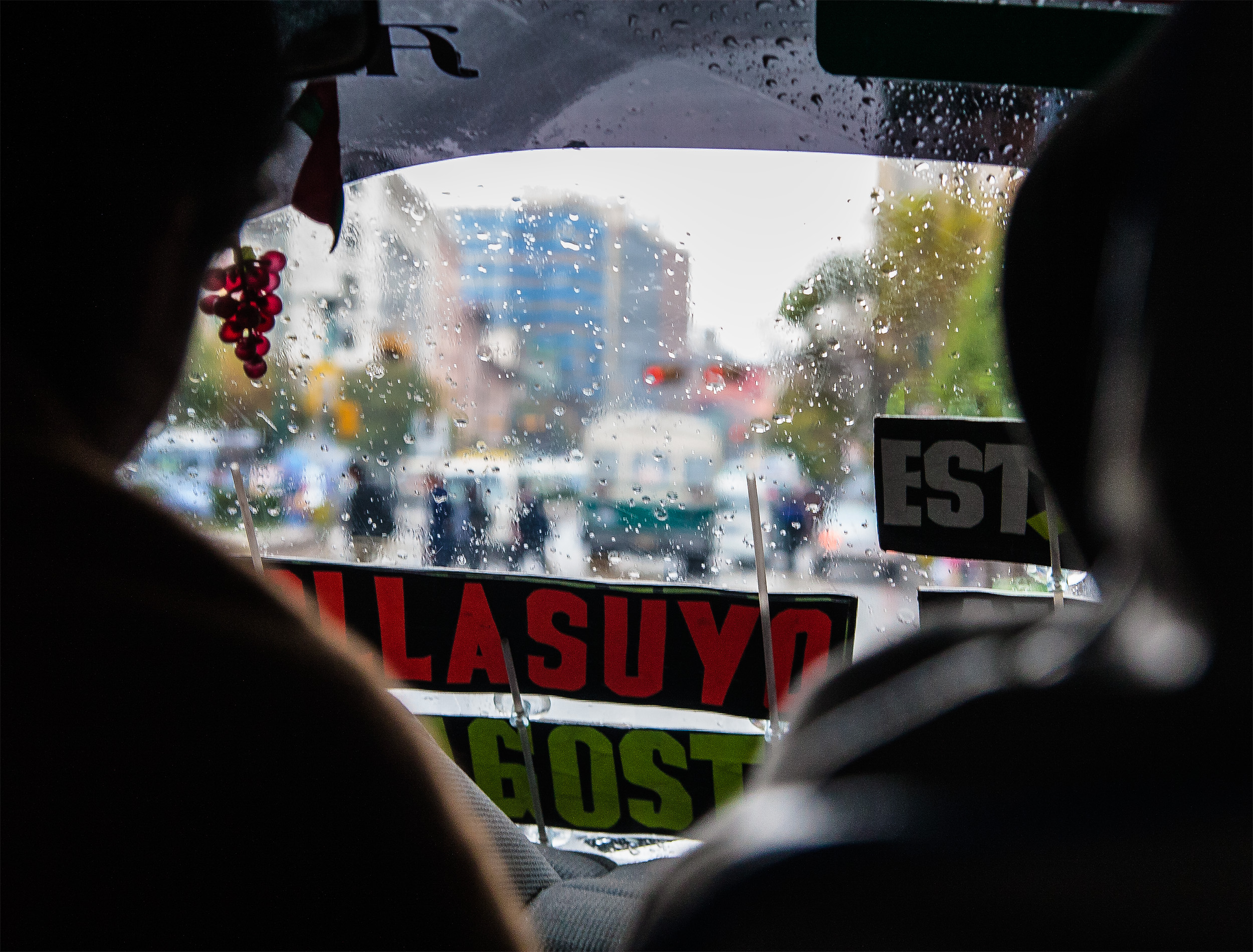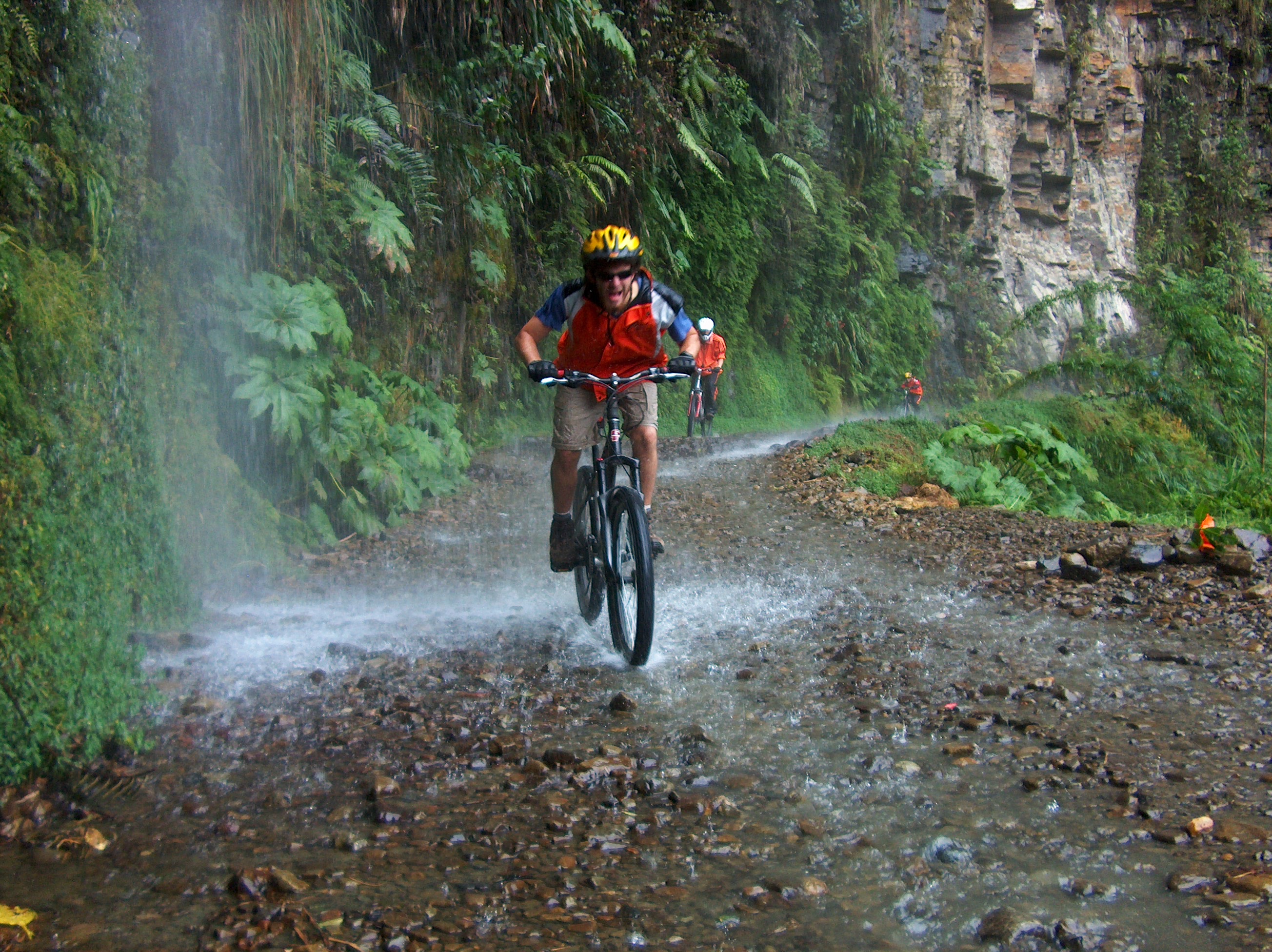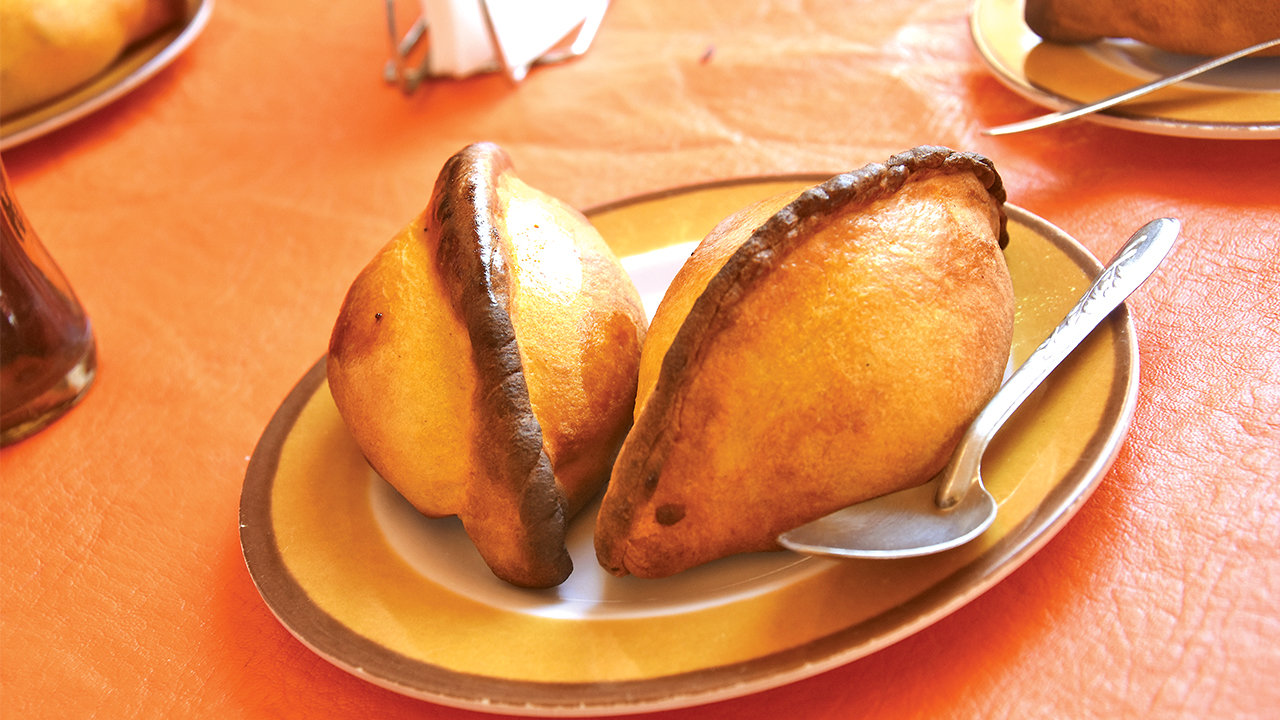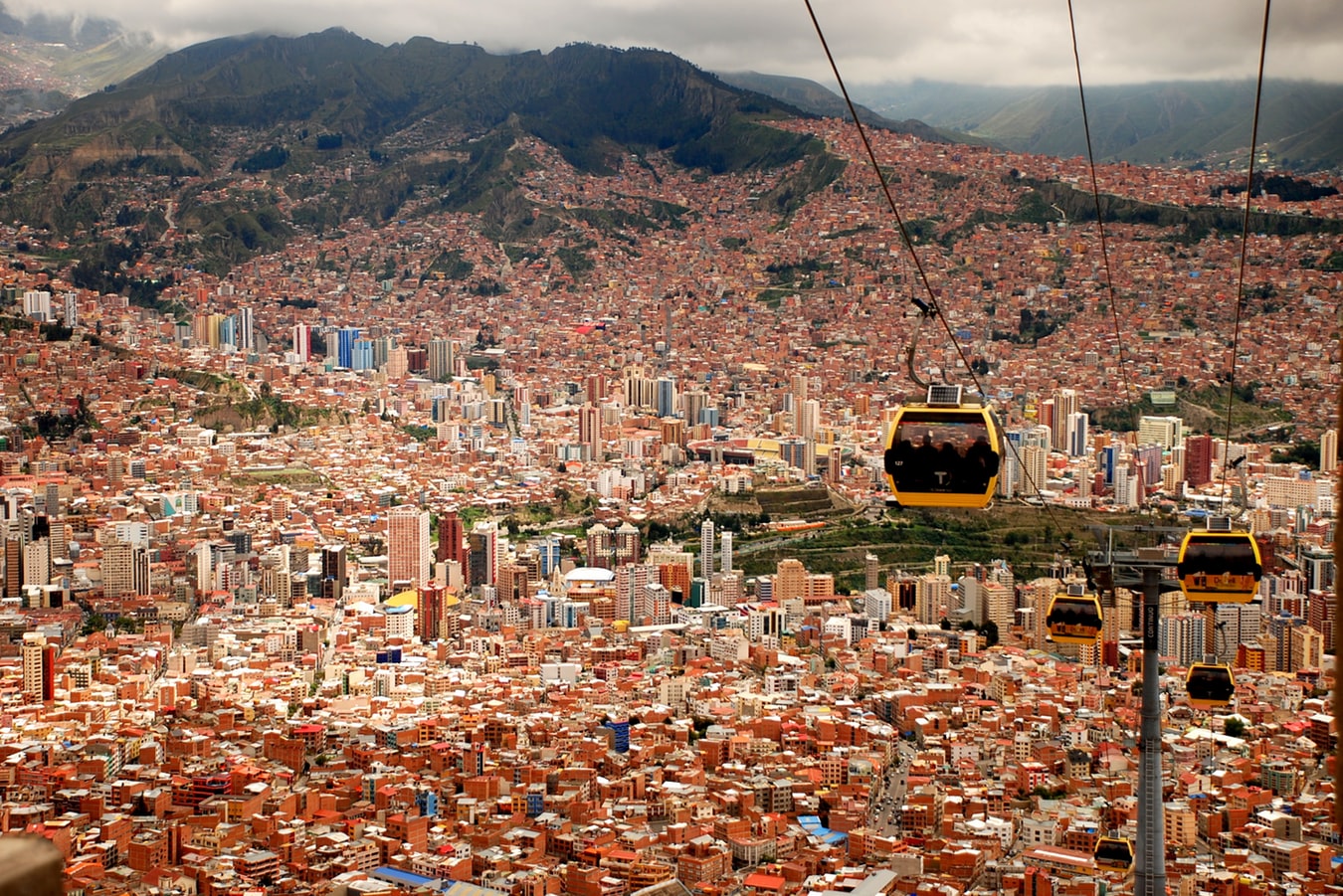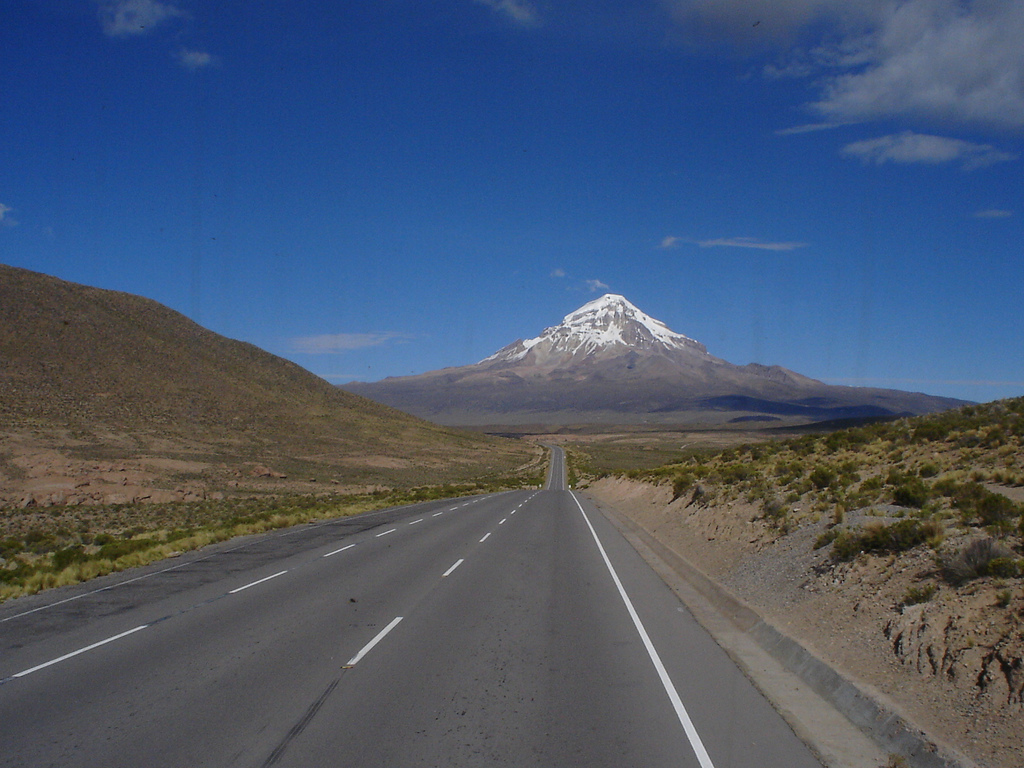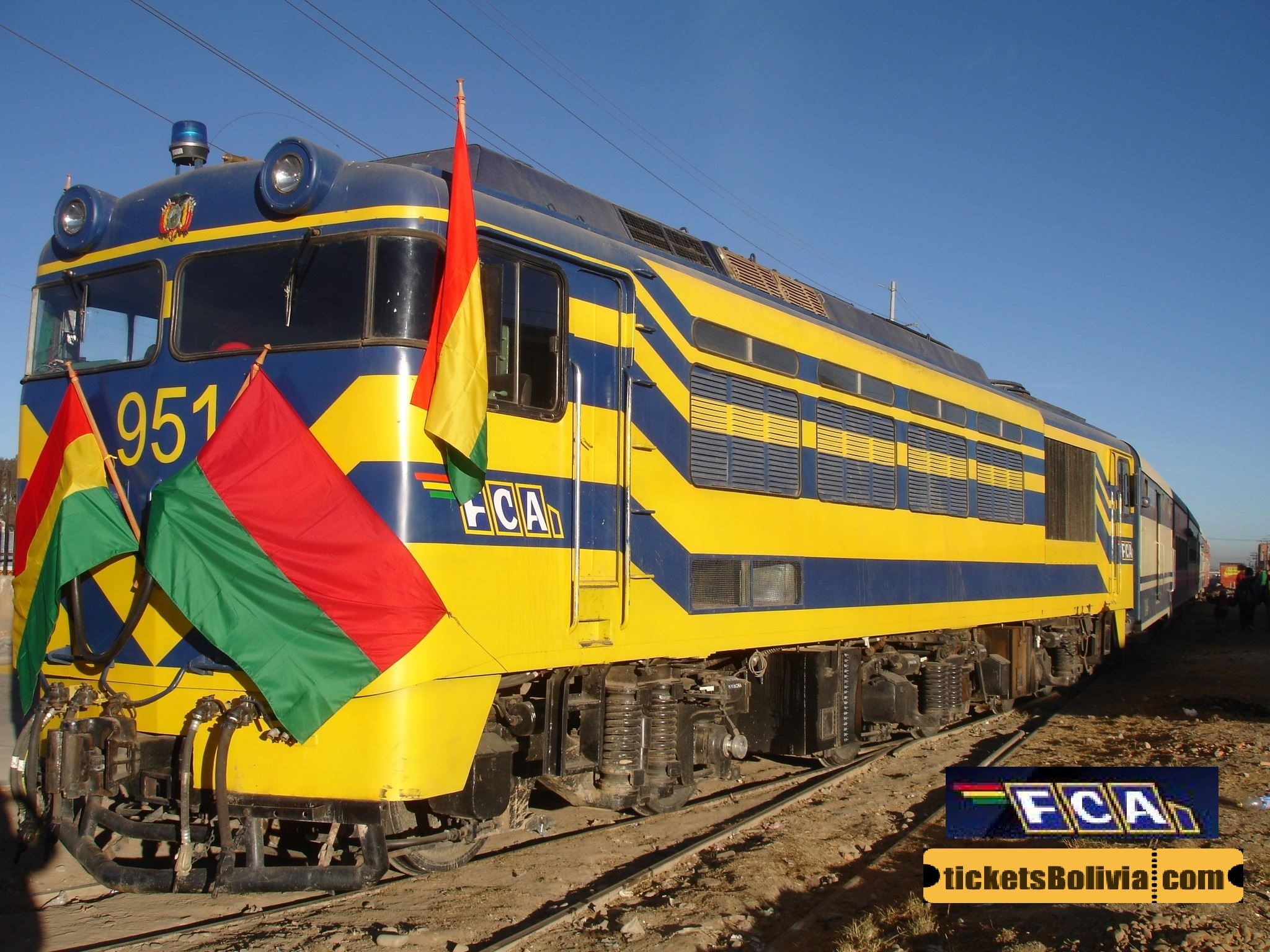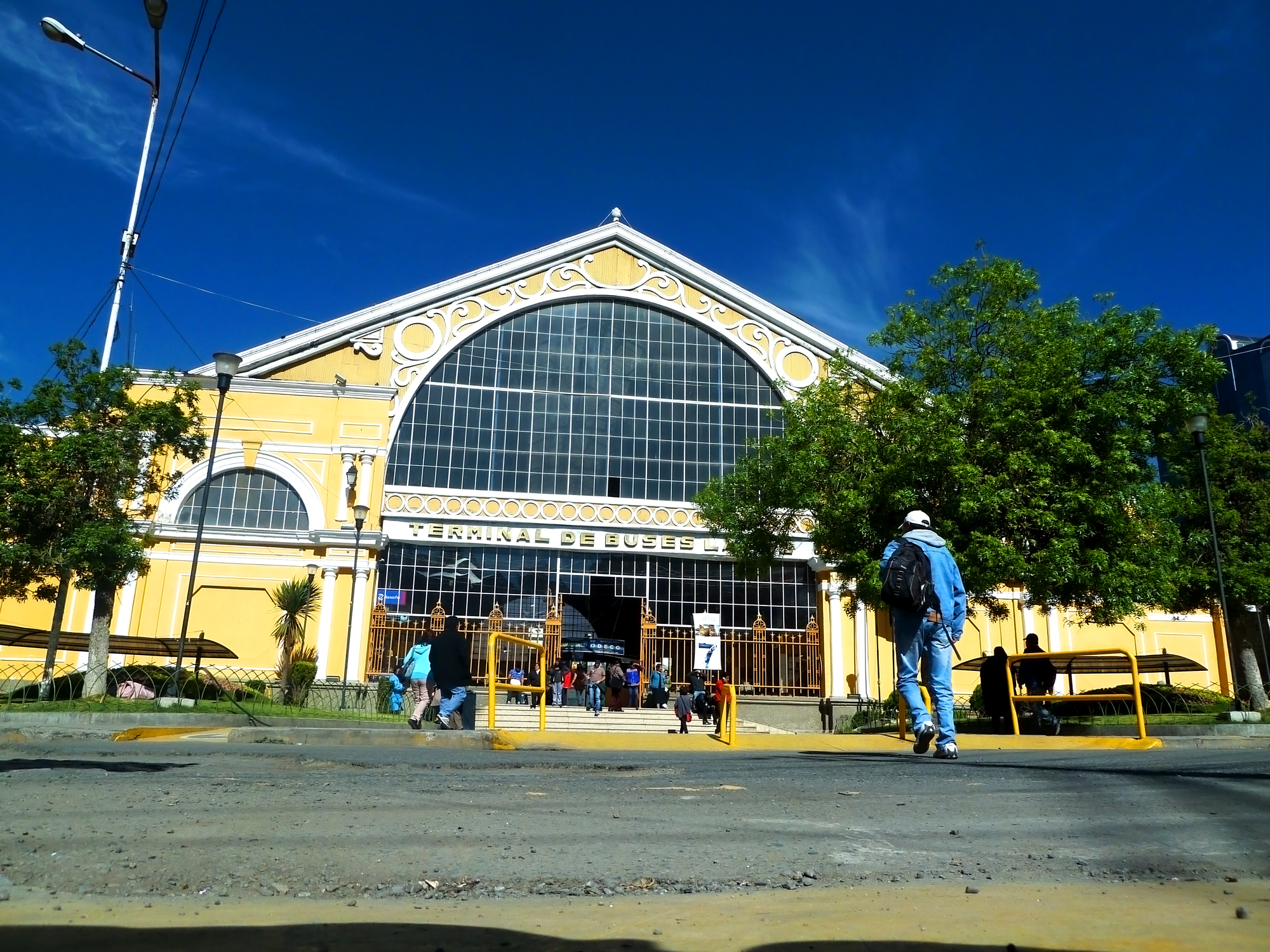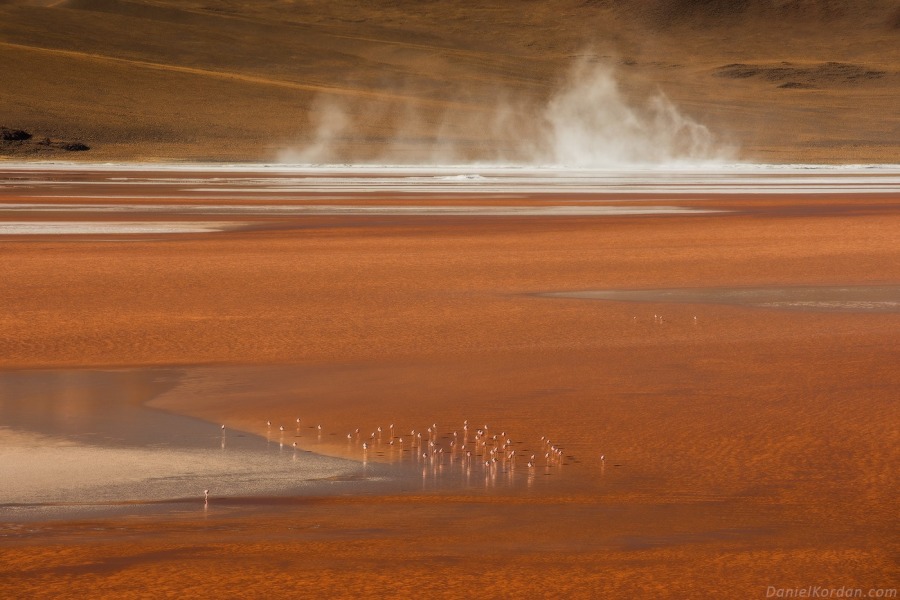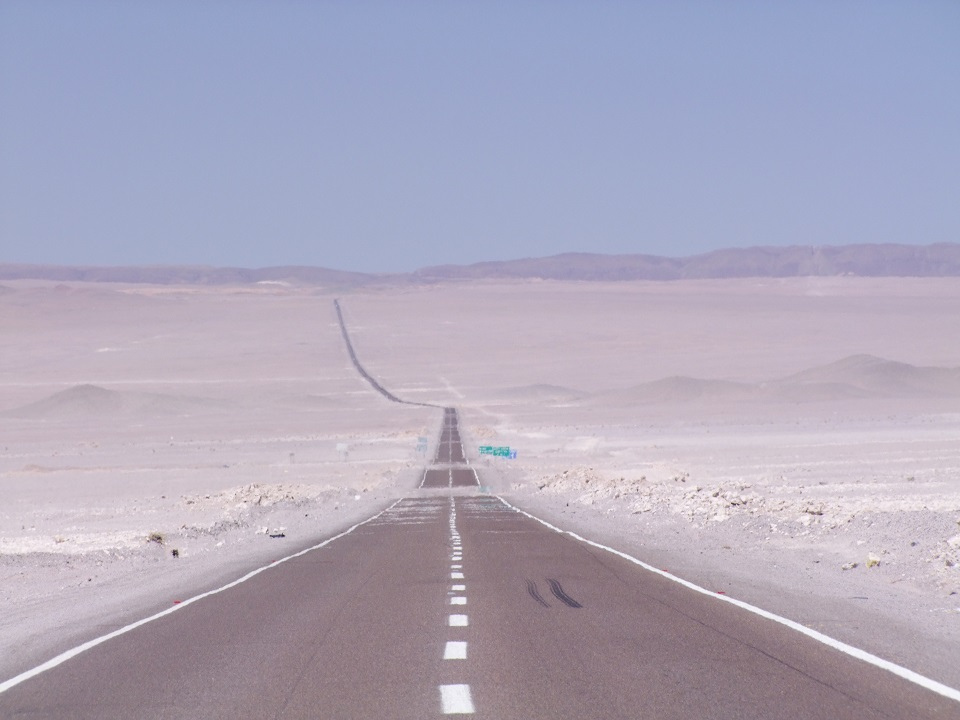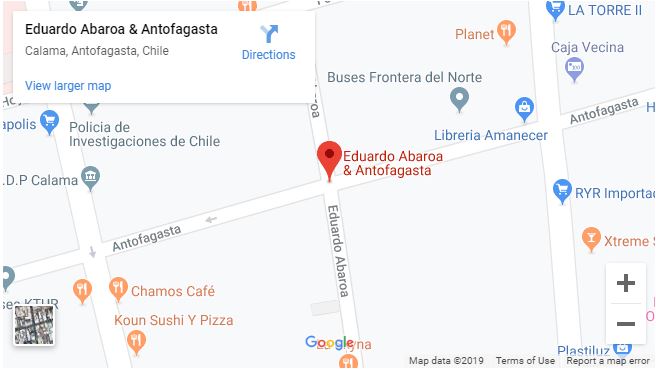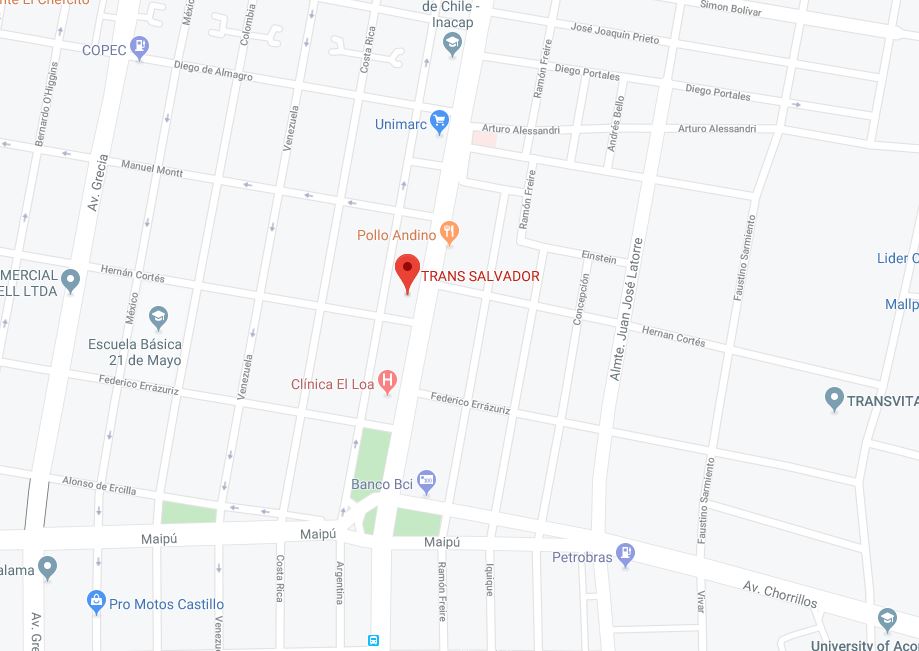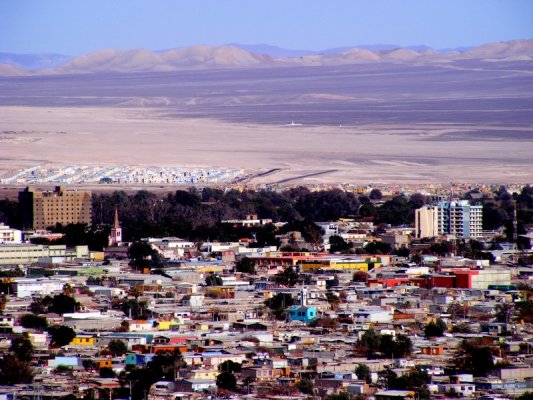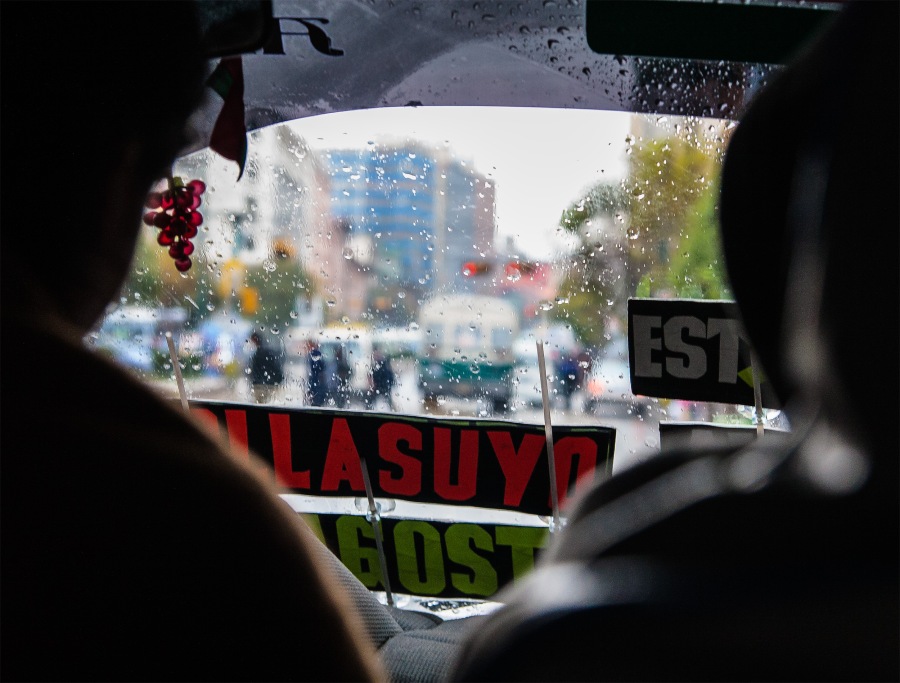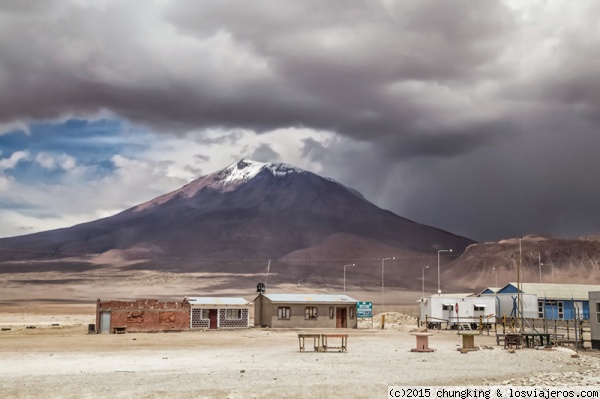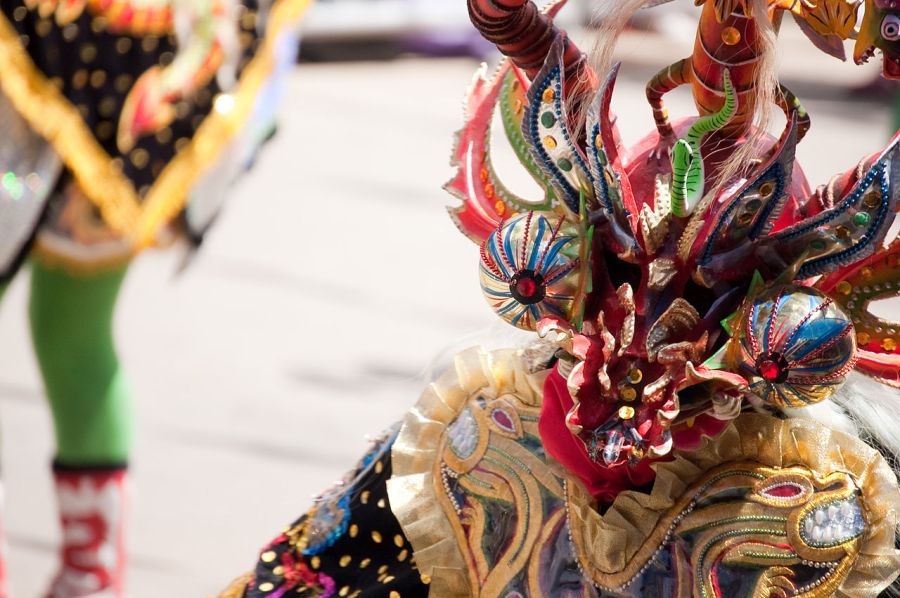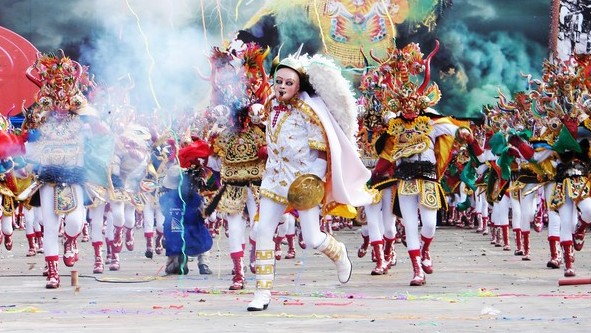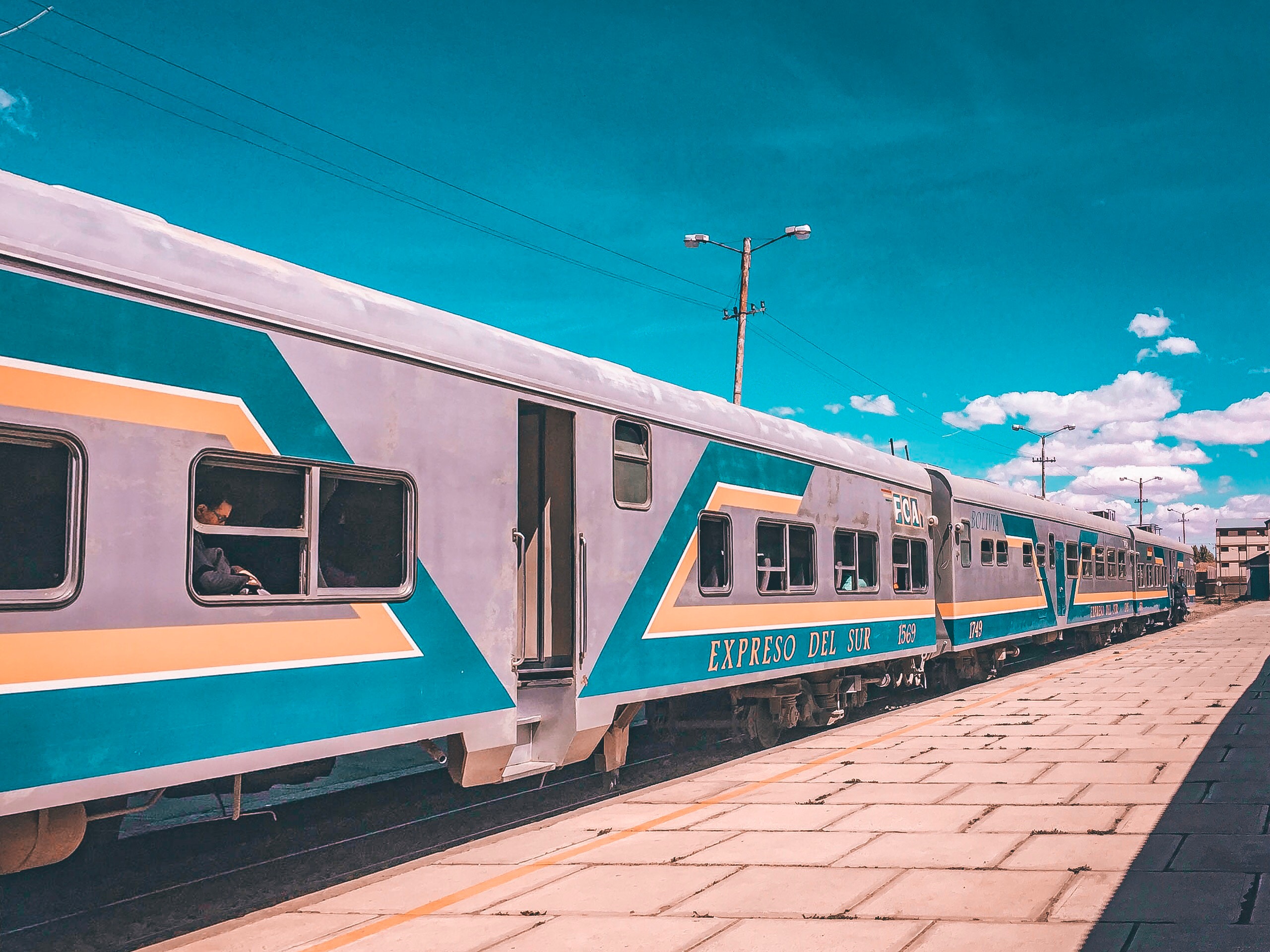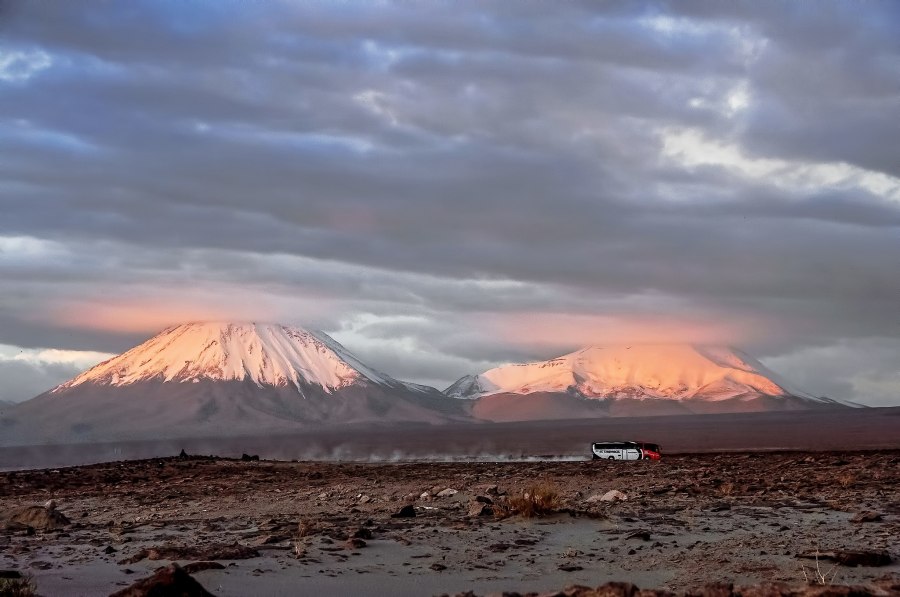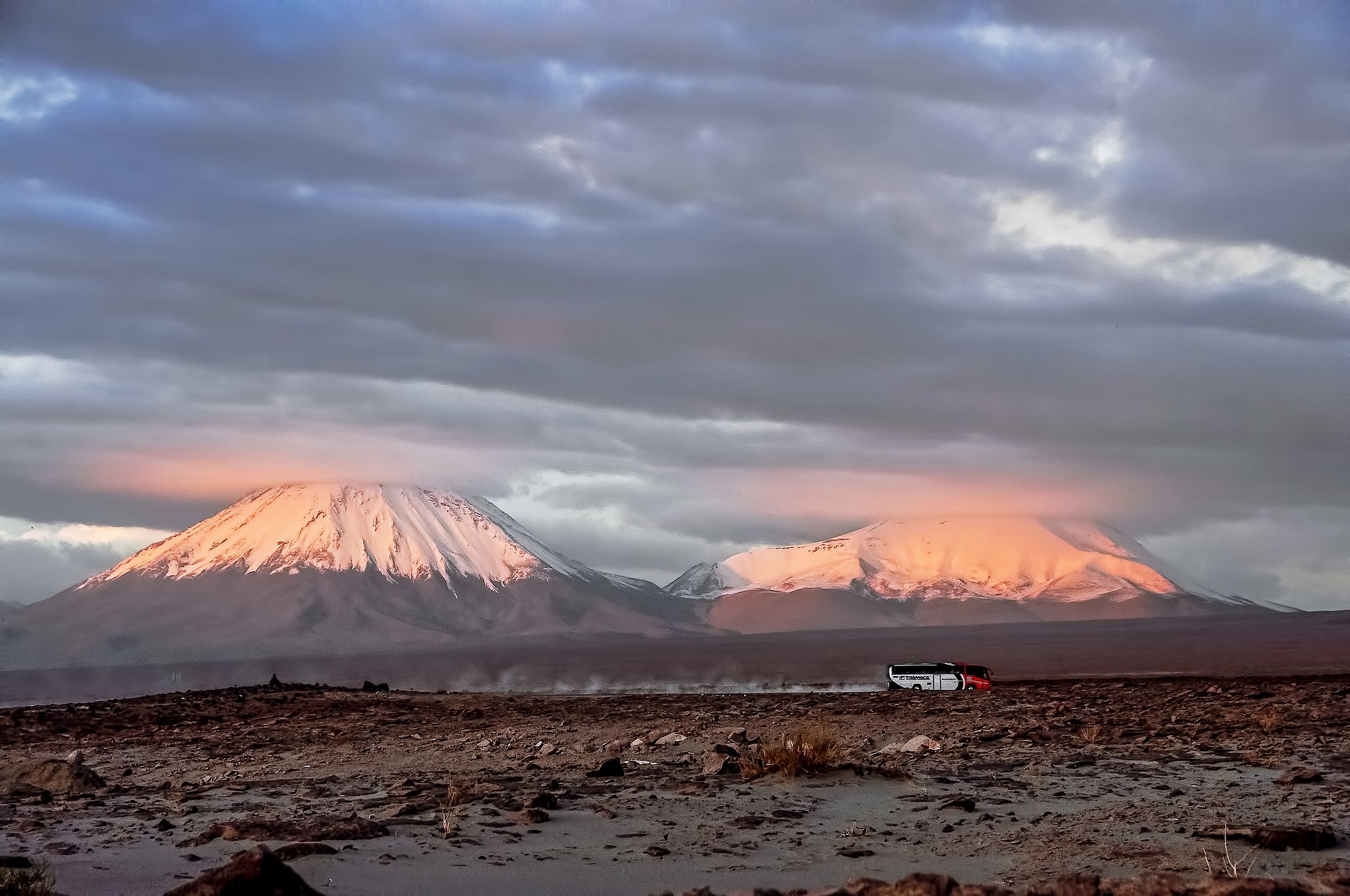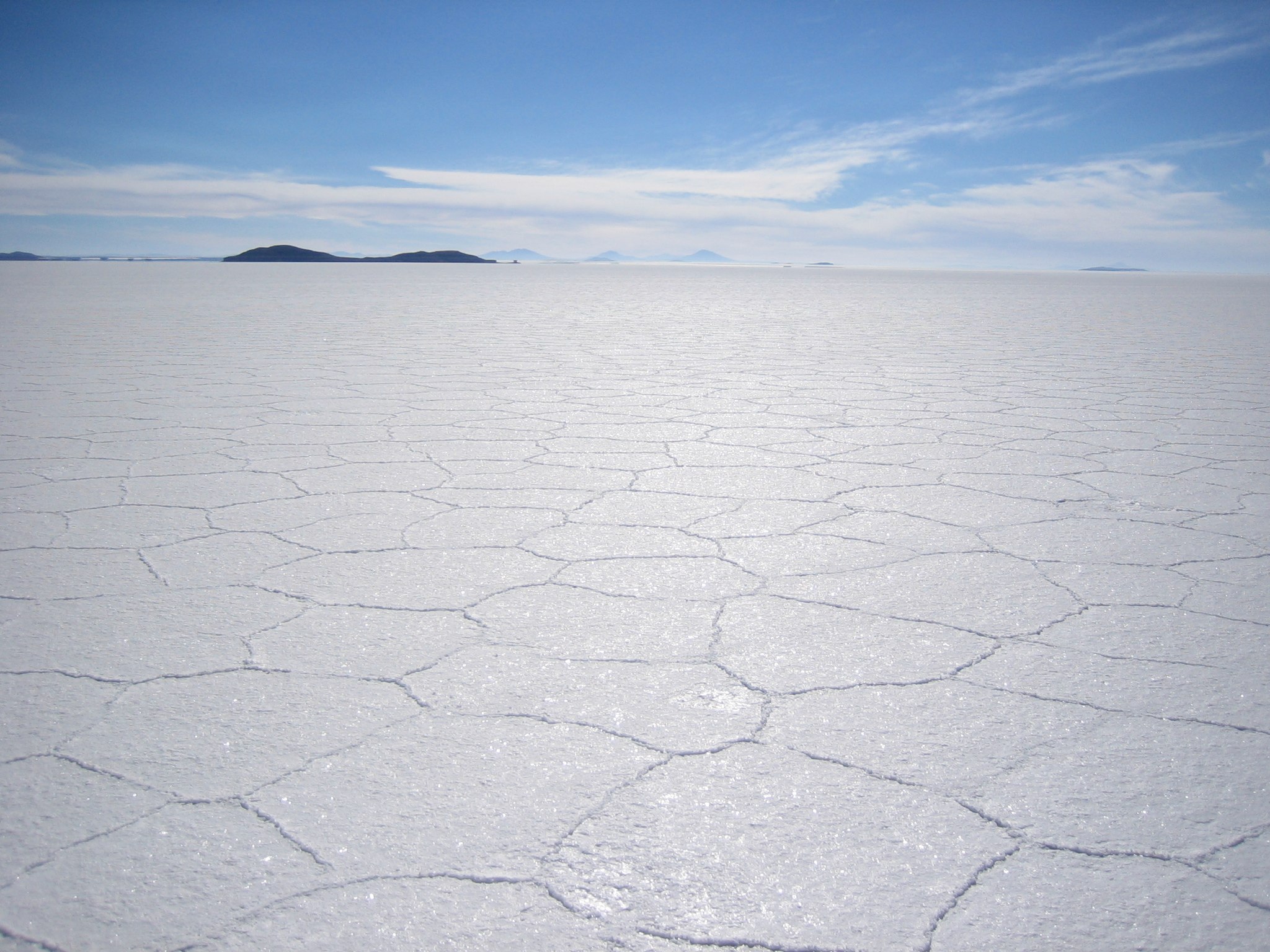South America has some of the most amazing cities in the world. Can you imagine traveling by land from Sao Paulo, the biggest city in the region, to Buenos Aires, the Paris of South America, to La Paz, the highest altitude capital city on earth, to Cusco, the party capital of Peru, ending in Lima, the city by the sea where trying the food is enough reason to stay? In this post, we tell you about six of the most amazing cities in South America and how to get from one to the other, crossing the entire continent by land!
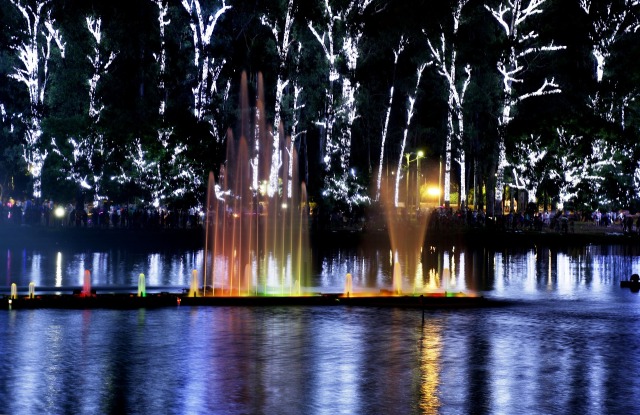
Sao Paulo, Brasil
Sao Paulo, is the largest and one of the mos wonderful cities in South America, with endless things to do and see. The huge diversity of art, food, historic and recreational activities this city offers can be overwhelming (for example, there are over 15,000 bars) so find some cool spots to visit before your trip. This way, you are sure to use your time wisely.
So, any idea where to go? For food, the Jardins district is rife with little restaurants and art-house cinemas. While it’s not necessarily eye-pleasing, it is a sophisticated city with a melting pot of cultures. With influences from Japan, Italy, Lebanon, Germans and a growing number of Peruvians and Bolivians, to name just a few, the city has a unique fusion of culture. This post makes for a list of excellent restaurants where you can try just about anything.
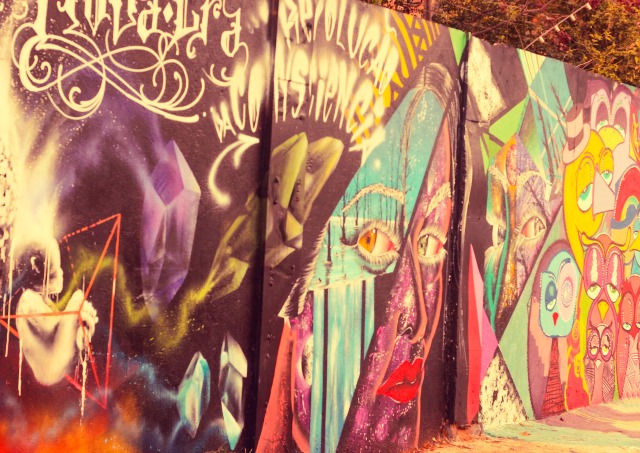
There are plenty of cool attractions in Sao Paulo alongside the museums and cathedrals. For an unusual art exhibit, visit Beco do Batman, Batman Alley, an open air gallery of street art attracting artists from all over the world. Or you can take a look at the world’s second highest Lego tower, made of 500,000 pieces. And of course, there are plenty of shopping options, from high-end designer clothes to markets full of antiques and handicrafts.
To get to our next destination, the capital city of Argentina, you can take a bus from Sao Paulo to Buenos Aires. The trip is a long, but rewarding one, and you can buy your tickets online by visiting the Tickets Bolivia page.
Buenos Aires, Argentina
Steak, tango, red wine and football. Buenos Aires, the ‘Paris of South America’, is known for many things. It has a reputation for being seductive, elegant and sophisticated. With theatres, opera houses, galleries, and French and Italian influenced architecture. Buenos Aires has a lot going for it and a lot to keep you entertained.
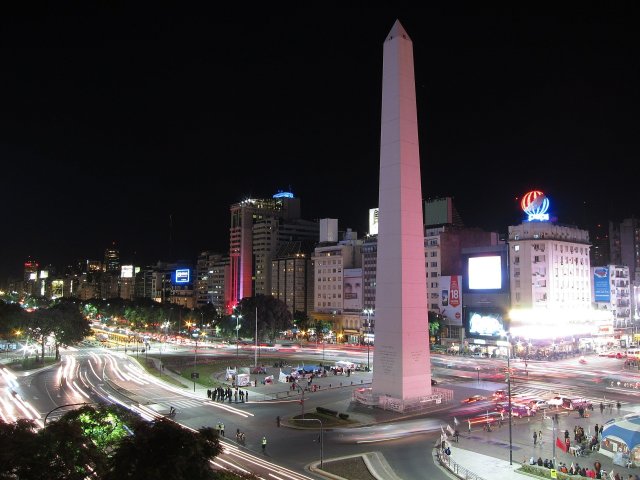
This city is a strong contender for South America’s best party city. It’s not just the nightlife that’s over the topt in Buenos Aires, as you’ll realise while you walk around its busy streets. For a dose of architecture, history and literature all in one, check out El Ateneo Grand Splendid, one of the world’s biggest and most beautiful bookstores that’s lived previous lives as a theatre and cinema.
The food is another erason to spend a few days here. You can´t leave if you haven´t tried a parrila, where heaps of steak, sausage, ribs are put on a grill and washed down with the best local Malbec.
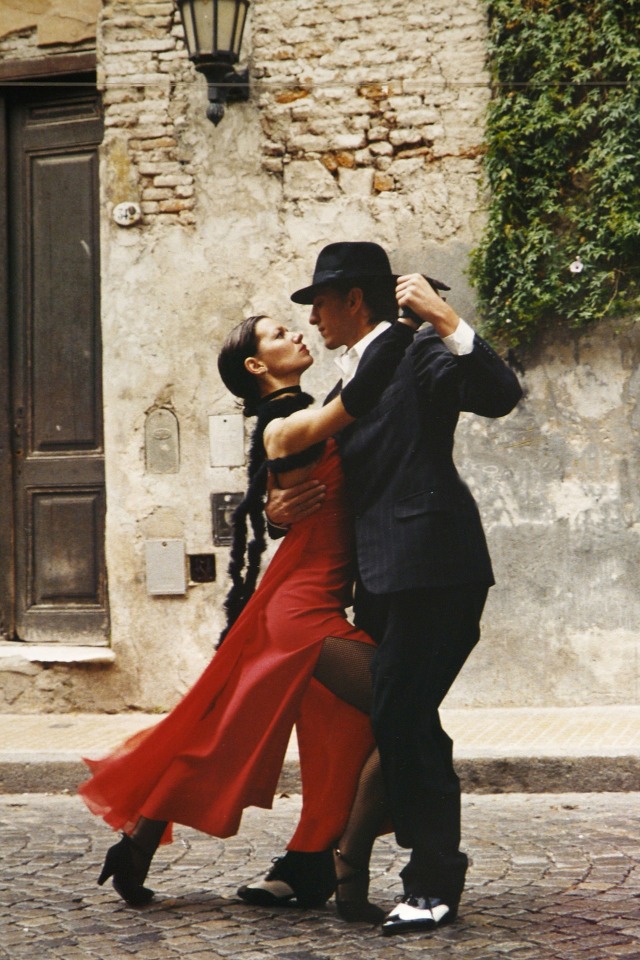
A great way to spend a day here is to explore the barrios, walking from one neighborhood to the next. They all have distinct personalities. For example, the lively La Boca is known for the rows of colourful houses, whereas San Telmo is famous for its eclectic markets. The elegant Recoleta has the lavish cemetery, while the trendy Palermo is great for people watching.
To get from Buenos Aires to our next destination, La Paz, you can buy bus tickets online. The buses are very comfortable and the journey takes around 30 hours.
La Paz, Bolivia
La Paz, the administrative capital of Bolivia, is the highest in the world. Located at 3,600 meters above sea level, in the Andes Mountains, you can take in gorgeous views of the city that literally clings to and sprawls down the canyon that’s incredible to explore.
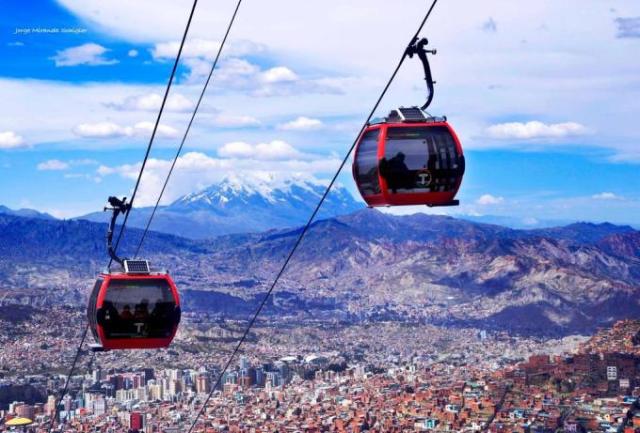
If it’s the views you’re after, head on the aerial cable car system, Mi Teleferico. In 2014 the city introduced Mi Teleférico, the world’s highest cable car network. This transformed the city, lifting people up out of the traffic and turning an hour drive into a thrilling ten minute journey through the sky. As well as saving many of residents from commuter hell, the views of the city and the insight into life of the locals are amazing. Be sure to dress warmly and be prepared to spend some time acclimating to the high elevations. It can be tough if you’re not used to higher-altitude cities. For a few tips on how to cope, check out this post.
When you´re done with floating over the city, try walking it. Wander through the large food market, inspect the bizarre and gruesome things on offer in the witches market, and enjoy the intriguing architect style, a combination of concrete blocks against dramatic Gothic spires. It’s dizzy, gritty and chaotic but also exhilarating and enthralling with an endearing rough-around-the-edges charm.
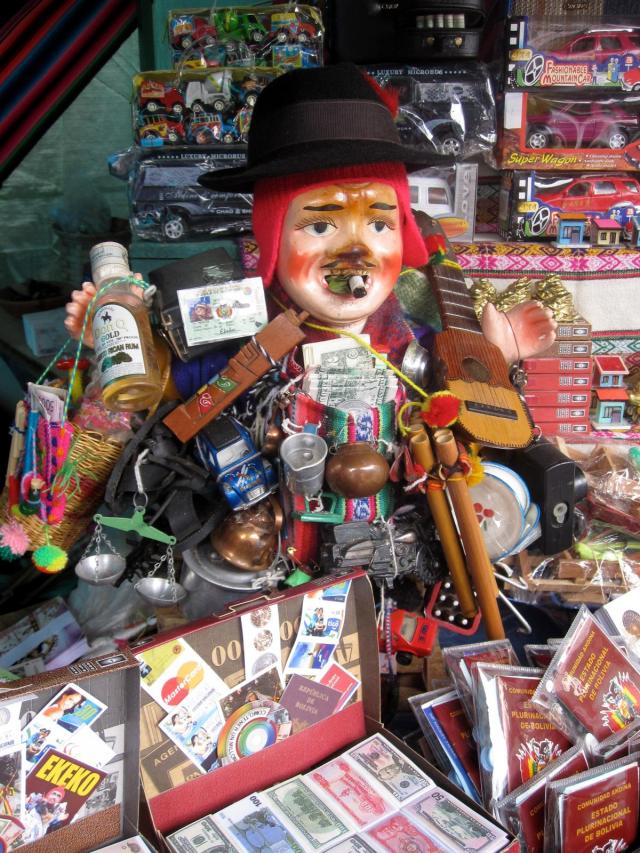
Our next destination is cusco. You can buy bus tickets from la Paz to Cusco by cliking here, where you will also find the schedules and prices of the best companies offering this service.
Cusco, Peru
Cusco is a city famous for being the gateway to the ancient Incan city of Machu Picchu. The city has many colonial cobbled streets, white buildings and ubiquitous orange rooftops, making it one of the most beautiful cities in South America. The spiritual vibration of the surrounding sacred valley is felt throughout the city, so yoga spots, meditation sessions and ethical vegan eateries are common. It’s also one of the best cities to visit in South America for anyone wanting to learn Spanish, with loads of local schools offering courses at cheap prices.

Cusco was once the Inca capital, and it was built on the ruins of ancient temples and palaces. It´s rich history is fascinating. Plaza de Armas is the heart of the city and an ideal starting point of any walking tour. Cusco is home to a lively nightlife, for which it has been named ‘party capital of Peru’. All kinds of bars and clubs surround the square, playing electronic, hip-hop and dance music till the early hours with street vendors on hand for when you make the journey back to your hotel.
Our final destination in this tour of cities is Lima. To travel by bus from from Cuzco to Lima, and to see the schedules and prices of the best companies offerind this service, click here.

Lima, Peru
A lot of travellers pass through Lima on their way to Cusco and Machu Picchu or on their way back. Lima may get a day or two at a glance on most itineraries, but it’s not a city many stay in. Yet, Lima has a lot to offer travelers, especially foodies.
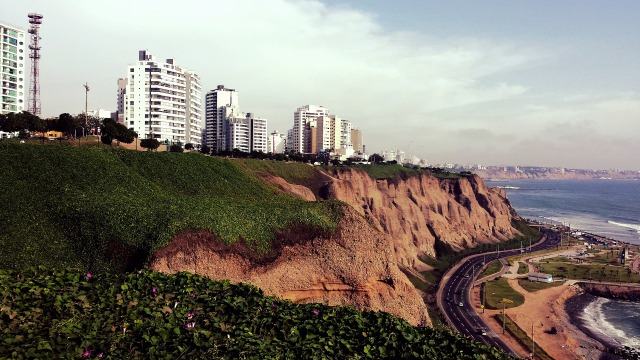
Founded in 1535 by Francisco Pizarro, Peru’s capital city is one of the best cities in South America to visit. Located between the Andes Mountains and the Pacific Coast, you’ll find a huge amount of colonial Spanish buildings as well as ancient Incan archaeological sites close by. Some cool things to do in Lima include:
- Visit El Circuito Mágico del Agua: The Magic Water Circuit is a night show of water and light in Parque de la Reserva: 13 water fountains that come to life with lasers, coloured lights, and music.
- Eat ceviche: This popular seafood dish is made with raw fish cured in lemon. The fish is served with white corn, sweet potato, and red onions, typically for lunch. Some popular cevicherias in Lima include: La Mar, Punta Sal, Pescados Capitales and El Punto Azul.

- Eat peruvian food in general: Peruvian food has become known around the world for its blend of indigenous, spanish and asian cultures, and for the way its street food and popular cousine has been made gourmet with a few fusion twists. Peru’s cuisine has evolved, blended, and been adapted by the various cultures found within the country. Some prime examples of this include chifa (Peruvian-Chinese fusion) and nikkei (Peruvian-Japanese fusion). You’ll also find that dishes vary by geographical region, resulting in coastal, Andean, and jungle food. For all these reasons, Lima is considered the gastronomic capital of Latin America. From the most gourmet restaurants to the cheapest street-food trucks, the food in Lima is well worth trying.
- Tour the city: The bus tour company Mirabus runs various tours within Lima.. If you want to get an overview of Miraflores and Lima’s historic centre, then their tour Lima by Dayis a good option. The tour last 3.5 hours and it is 70 soles.
- Shop at Larcomar. Larcomar is a shopping centre located in Miraflores, which stands out because it has been built on a cliff overlooking the Pacific Ocean, with amazing lookout points. People come here to shop, have dinner, or enjoy a snack with an amazing view.
We hope the information is useful and wish you happy traveling!

